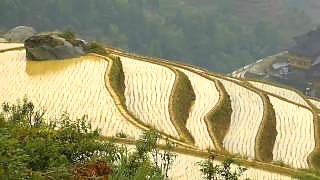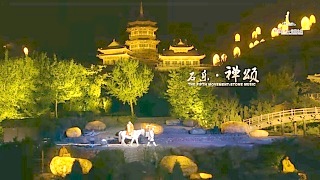 NanShan ZhuHai 南山竹海 (South Hill Bamboo Sea), near LiYang, JiangSu province
NanShan ZhuHai 南山竹海 (South Hill Bamboo Sea), near LiYang, JiangSu province
[640],shadow=true,start=244,stop=
Including TianMu Lake 天目湖 ...
JiangSu map

Related Videos
Featured Videos

|
YànQī Hú lies about 60 kilometers north of Beijing city, near Huáiróu.
|

|
With Walk East ...
Bonus film - ZhuHai walking tour, GuangDong 广东珠海 ...
|

|
Family and friends from the Philippines on a trip to Beijing ...
|

|
With The New Atlas ...
|

|
With Walk East ...
|

|
With At Home Anywhere ...
|

|
Two films by ryzdon - LongSheng (Dragon's Backbone) Rice Terraces, GuangXi province, and LeShan Giant Buddha, Mount Emei Scenic Area, SiChuan province ...
|

|
Shaolin Temple is located near the base of SongShan Mountain near DengFeng in Henan province and is the cradle of ShaoLin Kung Fu Buddhist culture.
The live show is located in DaiXian Valley, 7 kilometers from the ShaoLin Temple and ten kilometers south of DengFeng in ZhengZhou city. Performances: 20:00 - 21:15 between mid-March and mid-November.
Awesome ...
|

|
Brian Berletic : "It is no coincidence that the so-called 'Uyghur Tribunal's 'final ruling' coincided with a dump of supposedly 'leaked' documents and the US-led 'diplomatic boycott' of the BeiJing 2022 Olympics.
This is a massive propaganda campaign aimed at building hatred for China and justification for conflict with China."
Circus, lies, propaganda, theater, kangaroo court. Manufacturing consent. And the mainstream media play their role as war propagandists; a disgrace to the human race.
With The New Atlas ...
|
Tag search ?

 NanShan ZhuHai 南山竹海 (South Hill Bamboo Sea), near LiYang, JiangSu province
NanShan ZhuHai 南山竹海 (South Hill Bamboo Sea), near LiYang, JiangSu province






